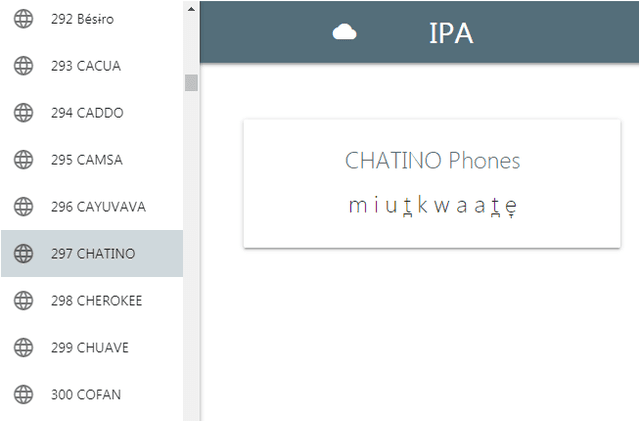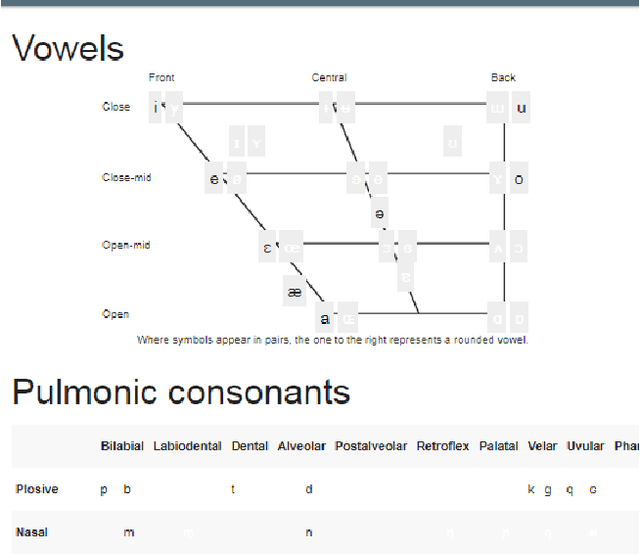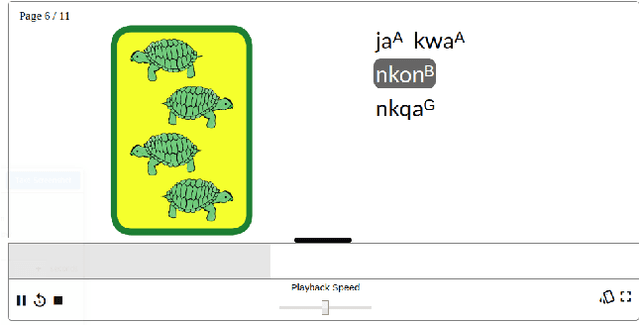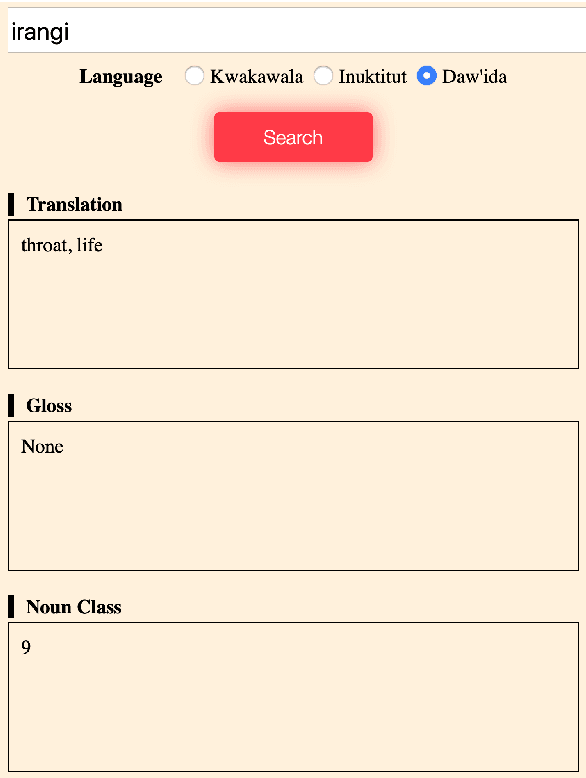Olga Zamaraeva
Grammar Assistance Using Syntactic Structures (GAUSS)
Jun 26, 2024Abstract:Automatic grammar coaching serves an important purpose of advising on standard grammar varieties while not imposing social pressures or reinforcing established social roles. Such systems already exist but most of them are for English and few of them offer meaningful feedback. Furthermore, they typically rely completely on neural methods and require huge computational resources which most of the world cannot afford. We propose a grammar coaching system for Spanish that relies on (i) a rich linguistic formalism capable of giving informative feedback; and (ii) a faster parsing algorithm which makes using this formalism practical in a real-world application. The approach is feasible for any language for which there is a computerized grammar and is less reliant on expensive and environmentally costly neural methods. We seek to contribute to Greener AI and to address global education challenges by raising the standards of inclusivity and engagement in grammar coaching.
Spanish Resource Grammar version 2023
Sep 23, 2023Abstract:We present the latest version of the Spanish Resource Grammar (SRG). The new SRG uses the recent version of Freeling morphological analyzer and tagger and is accompanied by a manually verified treebank and a list of documented issues. We also present the grammar's coverage and overgeneration on a small portion of a learner corpus, an entirely new research line with respect to the SRG. The grammar can be used for linguistic research, such as for empirically driven development of syntactic theory, and in natural language processing applications such as computer-assisted language learning. Finally, as the treebanks grow, they can be used for training high-quality semantic parsers and other systems which may benefit from precise and detailed semantics.
Revisiting Supertagging for HPSG
Sep 14, 2023Abstract:We present new supertaggers trained on HPSG-based treebanks. These treebanks feature high-quality annotation based on a well-developed linguistic theory and include diverse and challenging test datasets, beyond the usual WSJ section 23 and Wikipedia data. HPSG supertagging has previously relied on MaxEnt-based models. We use SVM and neural CRF- and BERT-based methods and show that both SVM and neural supertaggers achieve considerably higher accuracy compared to the baseline. Our fine-tuned BERT-based tagger achieves 97.26% accuracy on 1000 sentences from WSJ23 and 93.88% on the completely out-of-domain The Cathedral and the Bazaar (cb)). We conclude that it therefore makes sense to integrate these new supertaggers into modern HPSG parsers, and we also hope that the diverse and difficult datasets we used here will gain more popularity in the field. We contribute the complete dataset reformatted for token classification.
A Summary of the First Workshop on Language Technology for Language Documentation and Revitalization
Apr 27, 2020



Abstract:Despite recent advances in natural language processing and other language technology, the application of such technology to language documentation and conservation has been limited. In August 2019, a workshop was held at Carnegie Mellon University in Pittsburgh to attempt to bring together language community members, documentary linguists, and technologists to discuss how to bridge this gap and create prototypes of novel and practical language revitalization technologies. This paper reports the results of this workshop, including issues discussed, and various conceived and implemented technologies for nine languages: Arapaho, Cayuga, Inuktitut, Irish Gaelic, Kidaw'ida, Kwak'wala, Ojibwe, San Juan Quiahije Chatino, and Seneca.
 Add to Chrome
Add to Chrome Add to Firefox
Add to Firefox Add to Edge
Add to Edge